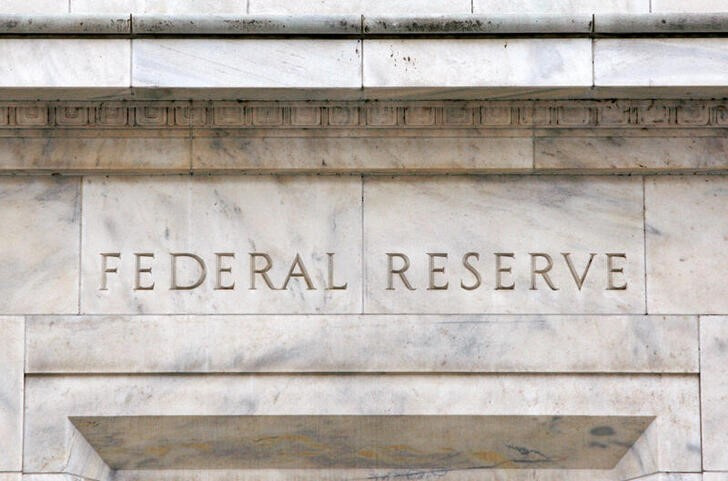Investing.com — The road ahead for a December rate cut remains in place as recent comments from Fed members signal that policy is still in restrictive territory, UBS said in a Wednesday note.
“Comments from Fed officials in recent days showed that policymakers still view the current interest rate as restrictive,” UBS strategists said, pointing to remarks from regional Fed presidents that underscore the central bank’s stance.
Data on Wednesday showed that headline consumer prices rose 2.6% last month on an annualized basis, matching economists expectations.
Core CPI, which strips out more volatile items like food and fuel, rose 3.3% year-on-year.
Following the in-line inflation data, Minneapolis Fed President Neel Kashkari said that inflation is moving in the right direction.
The comments arrived a day after Richmond Fed President Thomas Barkin described the current level of rates as “somewhat less restrictive” than before.”
Ahead of the inflation data, concerns about price pressures resurfaced in recent months amdi economic data pointing to a stronger economy than previously anticipated.
As well as a stronger economy, the potential impact of President-elect Donald Trump’s likely policies on tax, tariffs, and fiscal spending is also contributing to a repricing of Fed policy expectations, the strategists said.
Despite these concerns, the bank believes the broad disinflation trend will continue, allowing the Fed to maintain its easing path.
The Fed’s preferred inflation gauge, the personal consumption expenditures, or PCE, price index, fell to 2.1% in September, its lowest level in three years.
“We continue to believe that the current US economic condition does not warrant an actively restrictive monetary policy,” they added.
Against expectations for ongoing monetary policy, the bank recommends that investors shift excess cash into quality fixed income or consider diversified fixed income strategies to enhance portfolio income.

